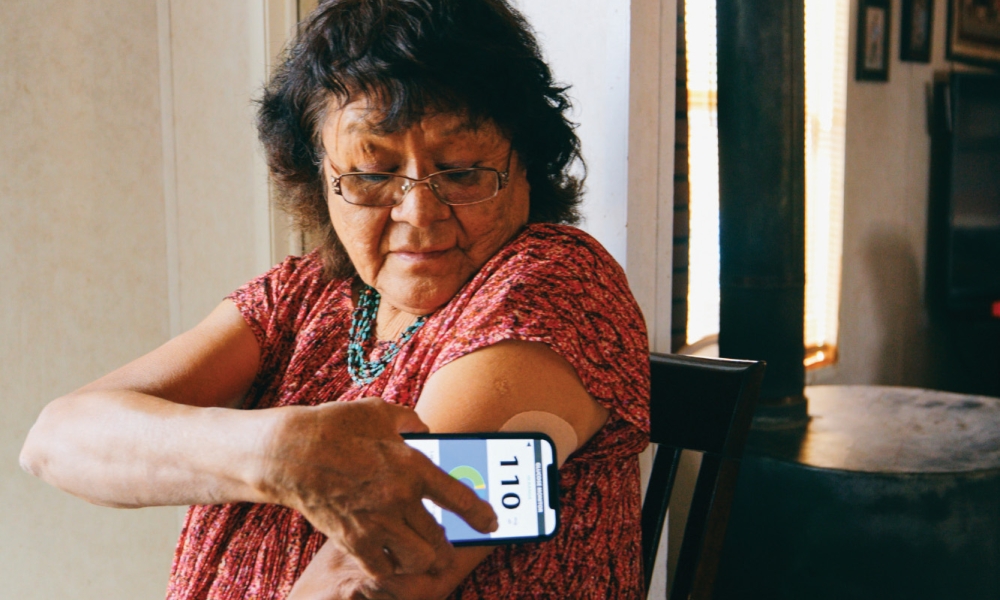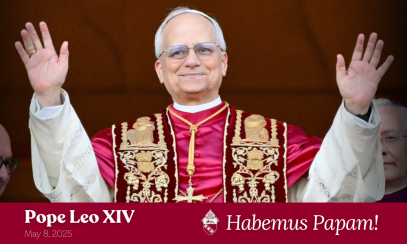
A Healing Miracle and the Blessings of Chronic Illness
We’ve seen the images: processions by daylight or candlelight with devoted family members and friends pushing wheelchairs and lending arms to people with white canes; walkers using the support of crutches and canes; elderly people and young people — some of them bald from chemotherapy. All in the long lines seem to be clutching rosaries while “Immaculate Mary” is sung in any and every language until the chorus of “Ave, Ave, Ave Maria” rings out.
We’ve seen the images: processions by daylight or candlelight with devoted family members and friends pushing wheelchairs and lending arms to people with white canes; walkers using the support of crutches and canes; elderly people and young people — some of them bald from chemotherapy. All in the long lines seem to be clutching rosaries while “Immaculate Mary” is sung in any and every language until the chorus of “Ave, Ave, Ave Maria” rings out.
These are the pilgrims, and their pilgrimage climaxes at the grotto and the baths. Whether one’s memories come from having been there or from viewing the classic black and white film, “The Song of Bernadette,” nearly every Catholic recognizes the signs of Lourdes. We mark the memorial of Our Lady of Lourdes, her apparitions there and her miracles every Feb. 11. With healing miracles in mind, many of our parishes and missions celebrate communally the sacrament of the Anointing of the Sick on or around that date.
I’ve never been to Lourdes, but I carry the spirit of Lourdes in my heart. As I anticipate once again being anointed, I’m thankful for the miracles I’ve experienced. As of this writing, I’ve been a Type 1 diabetic for a little over 54 years. Type 1 used to be called “juvenile diabetes,” but medical professionals began to realize that some of us would be, or would become, distinctly overqualified for the term “juvenile.” No matter what you call it, though, this is not the type of diabetes that might be controlled with diet, exercise and weight loss. From the moment of diagnosis, Type 1 requires a lifetime of insulin shots, frequent blood tests and learning to admire extravagant desserts as works of art rather than as something to eat. My miracle is not that I’ve been cured, but that I am not bored and dejected by the incessant attention the disease demands. Instead, I find myself immensely gifted with life, God’s grace, the beauty of the created world and the goodness of so many human beings.
I wouldn’t recommend diabetes to anyone, but I have to say that it has brought some profound blessings. Type 1 is particularly volatile, and the high-low swings can wreak havoc. So I’ve been in imminent danger of death on a number of occasions. That’s quite sobering but confronting one’s mortality can also give focus.
I vividly recall the hospitalization at the onset, when I learned the grim odds: the likelihood of kidney failure, heart disease, amputation, blindness after 20 or so years. Perhaps medical professionals thought it wise to terrify the patient (me) into compliance with the diabetic regimen. If so, it worked, but more importantly it pushed me to reflect on how best to spend my life, especially if indeed it might be quite short. Teaching, writing and a religious vocation came as the clear answer. If I was going to have a life at all, it ought to revolve around Jesus.
One of the sisters in my community once mused, “I used to think that I would die young. Then one morning I woke up and realized I had missed my chance.” She has great devotion to saints who had coughed themselves to death or embraced youthful martyrdom. I didn’t quite have her level of devotion, but I had the same wake-up experience. I’ve had a much longer lifespan than might have been expected, and I hope that the Lord feels that I’m making the time worthwhile.
Aside from focusing my energy and ministry, I’d have to say that living with diabetes has given me a tremendous sense of gratitude — for even the smallest things. We live in a sacramental universe, as our bishops have said, and that means that we can find God in the things of this world, the things of the mind, the things of the imagination and spirit and the world of worship. I love liturgy and community, and I also like “stuff”: gardens, comfortable houses, room décor, art and art museums, chapels, schools, grocery shopping, coffee shops, libraries and bookstores, woodlands, seashores, deserts and cities.
I could rattle off more blessings from living with chronic illness, but I find that they really fall into the two categories I’ve mentioned here: 1) clarifying a purpose and passion for living; 2) instilling gratefulness for every moment, every breath. Life is a great gift from God. It has its miserable moments, and the rituals for staying alive are sometimes a pain in the neck. But over and over again, I see that life is a multiplicity of miracles. It is grand, fit for exultation, sweet. And every day is an “Ave.”
Sister Pamela Smith, SSCM, Ph.D., is the diocesan director of Ecumenical and Interreligious Affairs. Email her at psmith@charlestondiocese.org.



